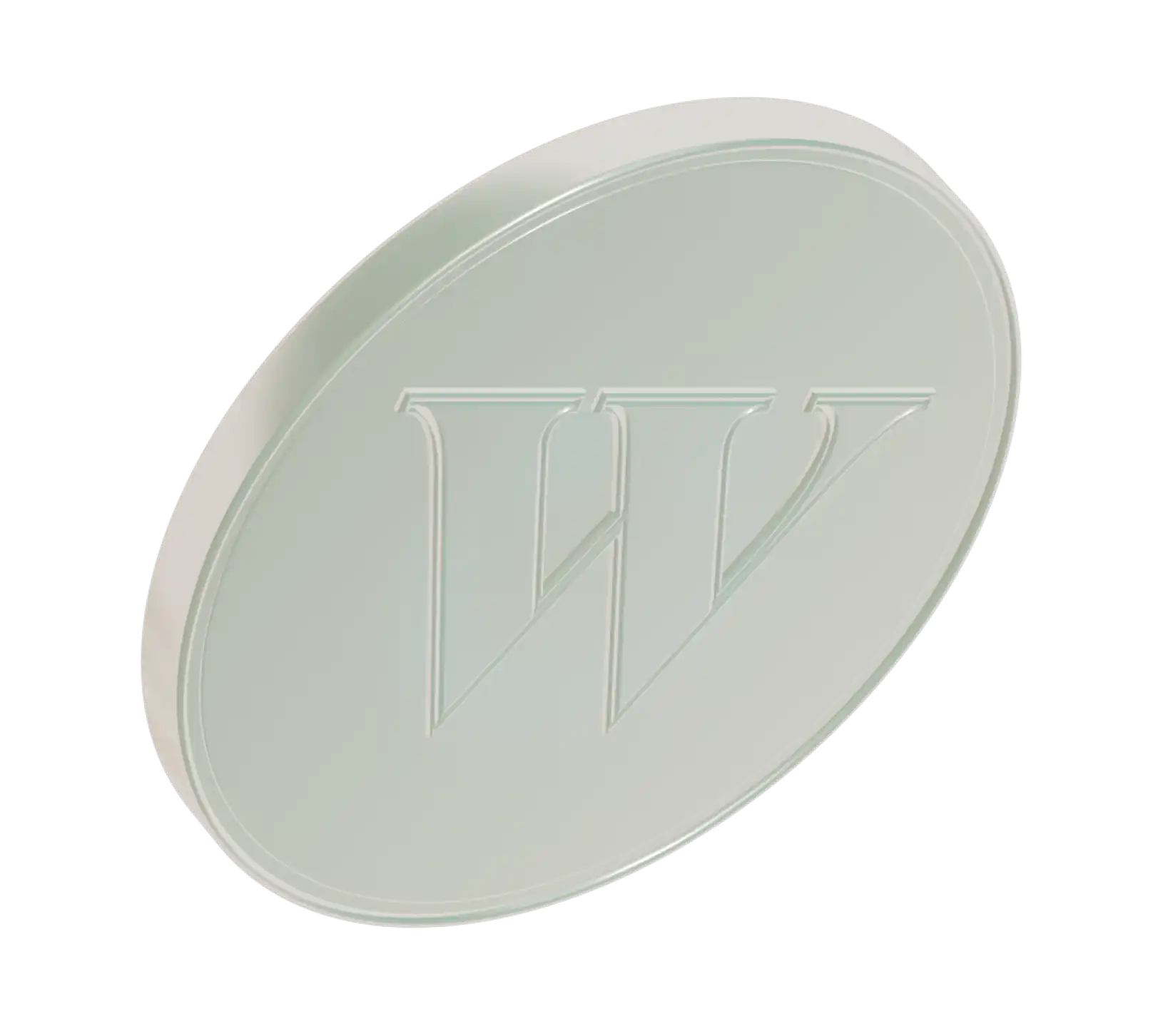Dividend Reinvestment is a useful key to wealth creation whose power couldn’t be any easier to harness. When you invest in a company that pays dividends (or in mutual funds or ETFs that invest in those companies), you often have the option of either receiving quarterly dividend payments or automatically reinvesting them.
With dividend reinvestment, those dividends are automatically used to purchase more stock. Which leads to more dividends, which leads to more stock. And so on. All without transaction or trading fees. This means you can keep to your investing strategy and be investing more money (your dividends) without even thinking about it. It also means you take even more advantage of compound interest.
What is compound interest?
As legend has it, Albert Einstein called compound interest the "eighth wonder of the world." That legend turns out to be completely untrue, but it doesn’t lessen the phenomenon: with compound interest, gains add to gains, miraculously creating a snowballing effect for investment value.
If a rising stock price is one engine of growth for compound interest, consistent dividend reinvestment is the other. Dividend fan sites (yep, there's a slew of 'em) love to point out that a good chunk of Warren Buffett’s US$100 billion net worth can be attributed to the fact that his biggest holdings are in companies like Wells Fargo, Kraft Heinz and Coca-Cola — all of which pay dividends.
How dividend reinvestment works
A company that issues a $20 dividend, for example, would give the shareholder $20 worth of additional stock. If the share price is $15, the investor would get 1.33 shares. (Some brokerages require you to buy full shares, so in that example, you’d get one share and keep the leftover money in cash, either to withdraw or to add to your next dividend when it came in.)
What are DRIPS?
DRIPS (or dividend reinvestment programs) take everything we talked about above and add a slight discount. So when your dividend is automatically used to buy more stock, you actually get even more stock than you would at the market price.
Investors like DRIPs because they’re an easier and cheaper way of buying stock. Companies, on the other hand, like dividend reinvestments because they can disperse those dividends without actually parting with any of their cash.
Another advantage is that when you automatically reinvest at quarterly intervals, you’re buying stock at lots of different price points. That means you’re utilizing the investment-maximizing principle of dollar-cost averaging. By consistently buying shares every few months, you’re reducing the likelihood of buying all your stock at a peak price.
DRIPs aren’t all sunshine and roses, though (we estimate they are 75 percent sunshine and roses). The most tedious part of DRIPs is that to register for company DRIPs, you’ll need to get an actual, old-school stock certificate from the company to apply. The company will charge you for this certificate, and you’ll need to make sure to keep it safe because it’s proof that you own the shares.
Another slight headache: unless your investments are in a TFSA or RRSP account, there can be some slightly annoying tax implications. In investment accounts that are not tax-sheltered, when you go to sell, you’ll be selling stock that you bought at lots of different prices, and each price point will mean a different amount of capital gains. It might be time to hire an accountant.




